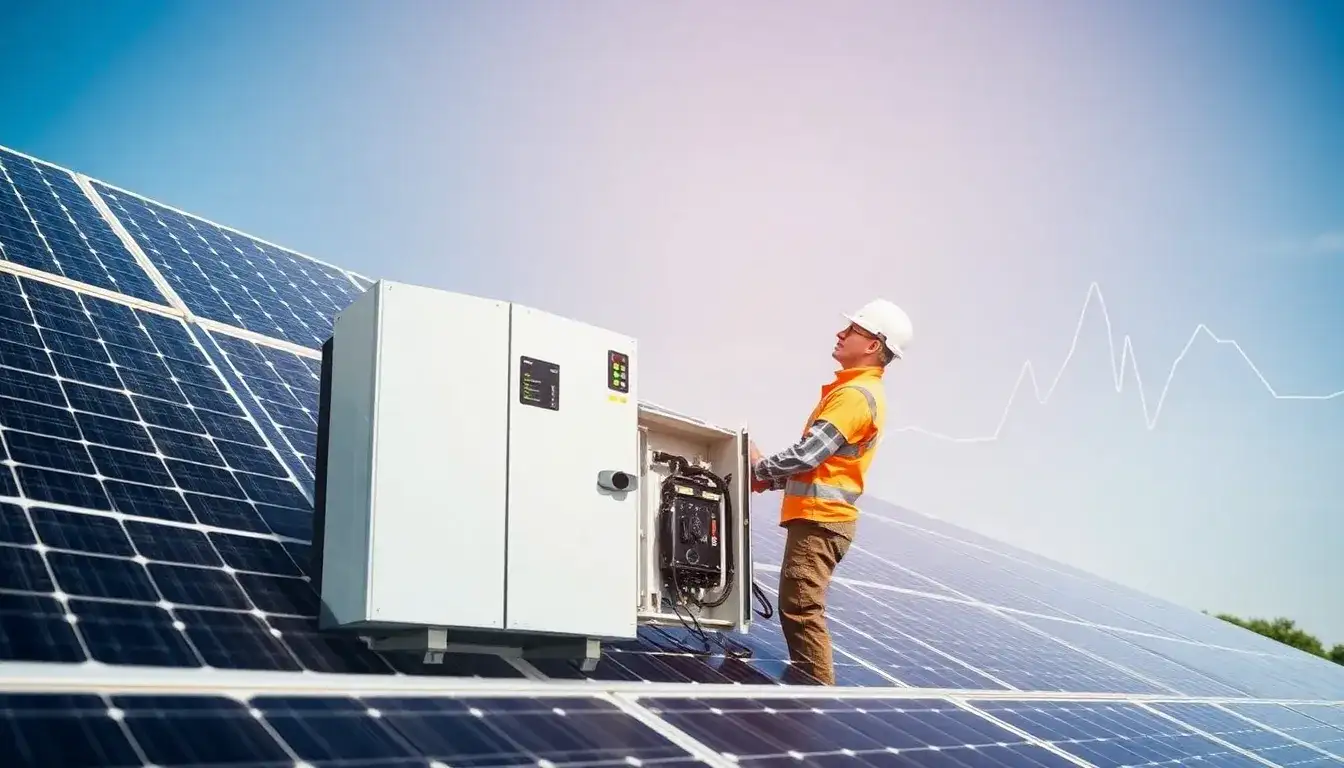How Installers Can Navigate Energy Volatility in 2025 and Beyond with Solar Battery Storage
Increased demand for electricity and extreme weather events are putting significant pressure on our aging power grid, resulting in unprecedented volatility. Additionally, energy prices continue to rise, prompting homeowners to seek innovative ways to manage these challenges. Solar battery systems emerge as a vital solution, offering benefits that extend beyond merely providing backup power.
Solar Battery Storage: A Cost-Effective Solution
As electricity prices soar, with residential rates expected to average 16.7 cents/kWh in 2025—up from 15 cents/kWh in 2022—homeowners are increasingly turning to solar battery storage systems to mitigate costs. Utilities are also implementing time-of-use (TOU) pricing, which causes electricity rates to vary throughout the day.
According to Kyle Smith, general manager at Solar Optimum, a Panasonic Elite solar and home battery installer in California, while the upfront cost of a home battery system may be high, significant savings can be realized over its 10 to 15-year lifespan. These systems allow homeowners to use energy stored in the battery when grid electricity prices are elevated, thus lowering their overall energy bills. Additionally, stored energy can reduce costs associated with charging electric vehicles (EVs).
Alleviating Grid Stress
Volatility in the energy market is driven by multiple factors, including a projected 9% increase in U.S. electricity demand by 2028 and an 18% rise by 2033, according to ICF, a global advisory firm. This increased demand will stem largely from data centers and ongoing residential electrification.
The surge in EV and electric heat pump adoption, while beneficial for reducing carbon emissions, places additional strain on the power grid, which is often operating beyond its intended lifespan. Consequently, this may lead to more frequent and prolonged power outages, pushing electricity costs even higher due to peak pricing.
Solar battery storage systems can help homeowners achieve greater energy independence by reducing reliance on the grid. By utilizing energy from their solar batteries to power homes or charge EVs, homeowners can minimize the impact of rising electricity prices and power disruptions during peak demand periods. As Smith points out, “Home energy storage and batteries play a crucial role in offsetting the increasing demands on the grid.”
Enhancing Resilience
One of the most significant advantages of adding energy storage systems is enhanced resilience. The frequency of extreme weather events, including wildfires and severe winter storms, has caused a notable rise in grid outages, particularly in states like Texas, Florida, and North Carolina.
Home battery systems can provide vital backup power during these emergencies, supporting everything from medical devices to an entire household.
Capitalizing on Energy Volatility
The growing volatility in the energy market presents a crucial opportunity for solar battery installers. As homeowners seek both energy resilience and cost savings, installers can position themselves as essential partners in the energy transition. They can offer systems that enable customers to avoid rising electricity rates, decrease reliance on the grid, and ensure backup power during outages.
Solar battery systems provide not just storage but a pathway to energy independence, long-term savings, and relief for the grid. Panasonic’s energy storage solutions equip installers with the necessary tools to help customers withstand the expected energy volatility in 2025 and beyond, ensuring homes remain powered during outages, lowering energy bills, and assisting homeowners in managing fluctuating electricity prices.
For more information on becoming an Authorized Storage Installer, contact your Panasonic regional sales manager.
Original article by NenPower, If reposted, please credit the source: https://nenpower.com/blog/navigating-energy-volatility-the-role-of-solar-battery-storage-for-installers-in-2025-and-beyond/



